- Massive Range
- FREE UK Delivery
- Rapid Dispatch
- Massive Range
- FREE UK Delivery
- Rapid Dispatch
- Massive Range
- FREE UK Delivery
- Rapid Dispatch
Home » Choosing the Right Drill Bits for Stainless Steel: A Comprehensive Guide
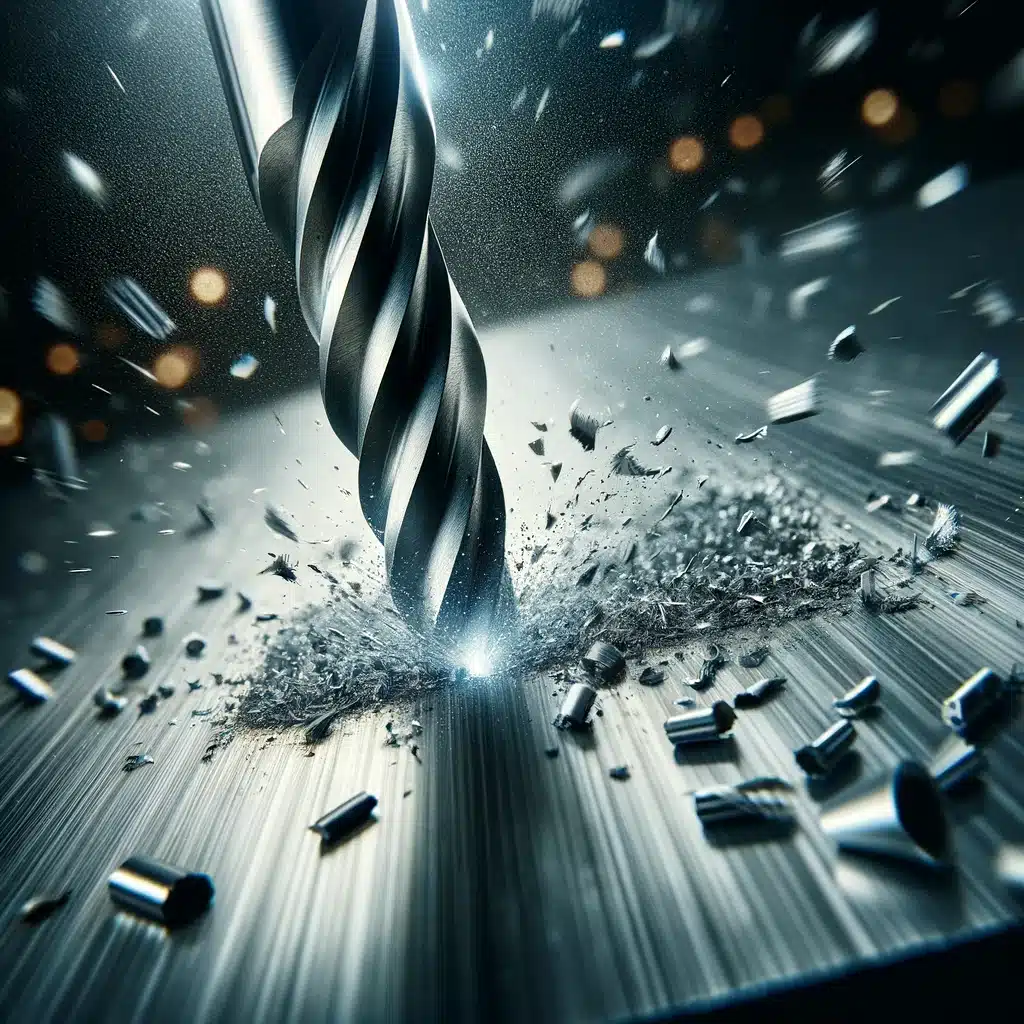
Navigating the intricacies of drilling through stainless steel demands a combination of the right tools and a nuanced understanding of the material’s characteristics.
Known for its durability and resistance to corrosion, stainless steel, whether in the 304 or 430 grade (which we specialise in), poses a significant challenge due to its hard and abrasive nature.
The key to achieving clean, precise holes without damaging the material or your tools is to select the right drill bit. This guide reveals the optimal drill bits for engaging with stainless steel applications across a variety of forms, including sheet metal, angle, flat bar, and box section.
Learn how to drill stainless steel effectively, elevating your work to new heights of precision and excellence.
We hope that you find this guide useful and informative. However, if you only have a few moments available to read it then we have made a simple chart that may be of use:
| Metal Type and Grade | Recommended Drill Bit | Drilling Technique | Drilling Technique |
| 304 Grade Sheet Metal | Cobalt Drill Bit | Slow Speed | Use Cutting Fluid |
| 430 Grade Sheet Metal | Cobalt Drill Bit | Slow Speed | Use Cutting Fluid |
| Stainless Angle | Cobalt Drill Bit | Use Pilot Hole | Slow Speed |
| Stainless Flat Bar | Cobalt Drill Bit | Use Pilot Hole | Apply Steady Pressure |
| Stainless Box Section | Cobalt Drill Bit | Multiple Layer Drilling | Use Cutting Fluid |
Choosing the right drill bit is the key to successful stainless steel drilling. The outstanding hardness and heat resistance of cobalt drill bits make them ideal for piercing stainless steel grades despite their robustness. In addition, titanium-coated drill bits offer enhanced durability and reduced friction, making them a suitable choice for projects that are less demanding on the tool.
A drill bit’s material and construction are critical when drilling stainless steel. Cobalt bits, especially those alloyed with a 5% to 8% cobalt blend, are meticulously designed to withstand the toughness and elevated temperatures encountered in drilling stainless steel, establishing them as the industry’s top choice. For those seeking precision and reliability in metalworking, their composition ensures the longevity of the bit as well as the integrity of the cut.
In addition to choosing the right drill bit, fine-tuning your drilling technique is equally crucial to success. Drilling methodically, slowly, and steadily, along with judicious use of a cutting fluid, significantly reduces the risk of overheating, thus protecting the drill bit and stainless steel. The drilling process can be greatly streamlined by starting with a smaller pilot hole before progressing to the final diameter.
Cutting fluid serves two purposes: it lubricates the drill bit to reduce friction and dissipates heat generated during drilling. This not only prolongs the lifespan of the drill bit, but also prevents warping or discoloration of the stainless steel, maintaining its aesthetic and structural integrity. It is possible to transform a potentially arduous task into a manageable one by adjusting drilling speed in response to the thickness and grade of stainless steel.
The diverse landscape of stainless steel forms, from sheet metal’s sleek surfaces to the defined edges of angle and flat bars, and the robust structure of box sections, requires not only skill but also the right tools.
We understand that each form of stainless steel, including popular grades like 304 and 430, poses unique challenges. To achieve the desired results, whether in fabrication, construction, or bespoke projects, it is imperative to select the appropriate drill bits.
Its corrosion resistance and aesthetic appeal make sheet metal, particularly in grades 304 and 430, extremely popular. However, its application is often contingent on the ability to modify it with precision. Drill bits made from cobalt are renowned for their ability to cut through stainless steel with minimum effort. They produce clean, burr-free holes because of their intrinsic hardness and resistance to high temperatures. In applications where fit and finish are paramount, such as kitchen fittings, architectural panels, and custom automotive detailing, Speciality Metals’ precision is crucial.
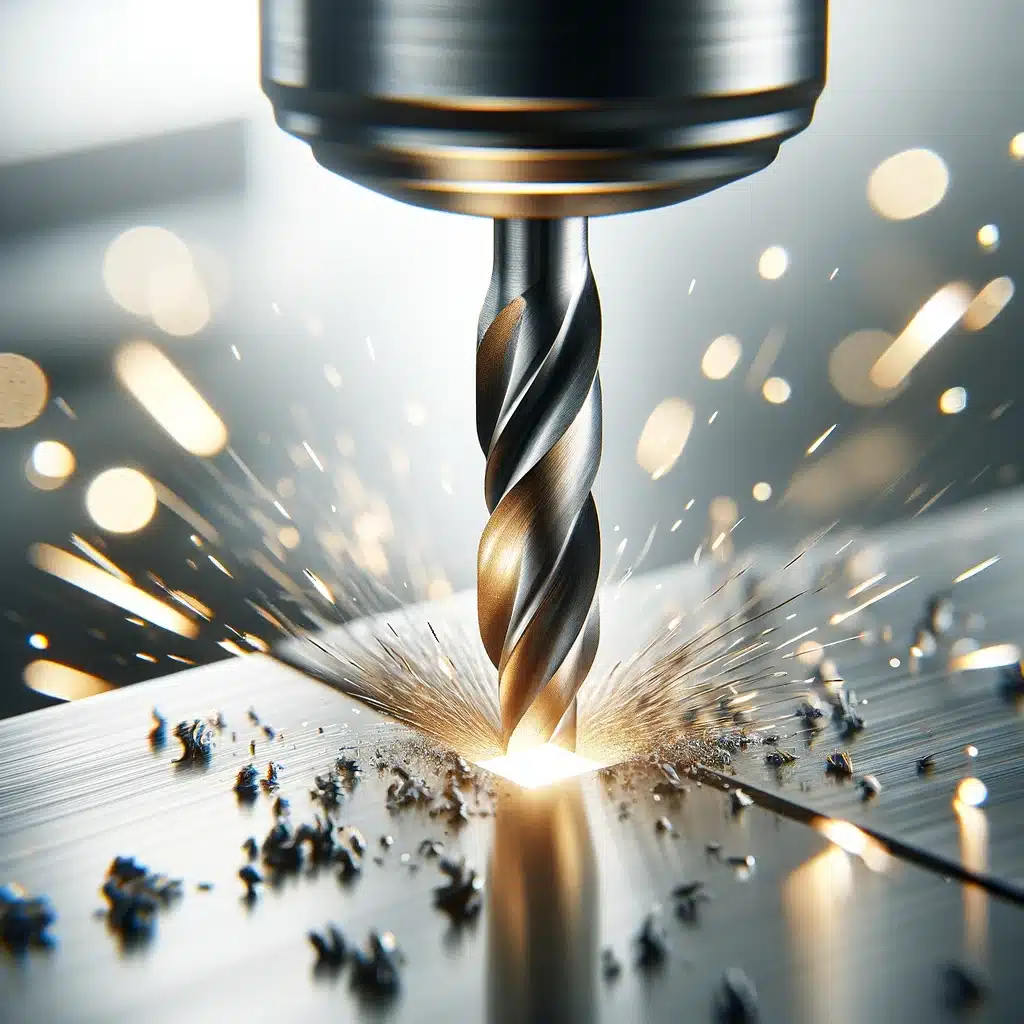
Angles made of stainless steel and flat bars with broad surfaces are ubiquitous in construction and manufacturing, providing structural support and finishing touches. In order to drill into these forms accurately, a bit must respect their integrity. Cobalt drill bits are distinguished not only by their endurance, but also by their ability to navigate these shapes. The drill bit remains steadfast even when working at an angle or through a flat surface, preventing slippage and ensuring each hole is precisely where it needs to be.
This attribute is particularly beneficial for the fabrications, enabling flawless execution of designs that require angular or flat bar stainless steel.
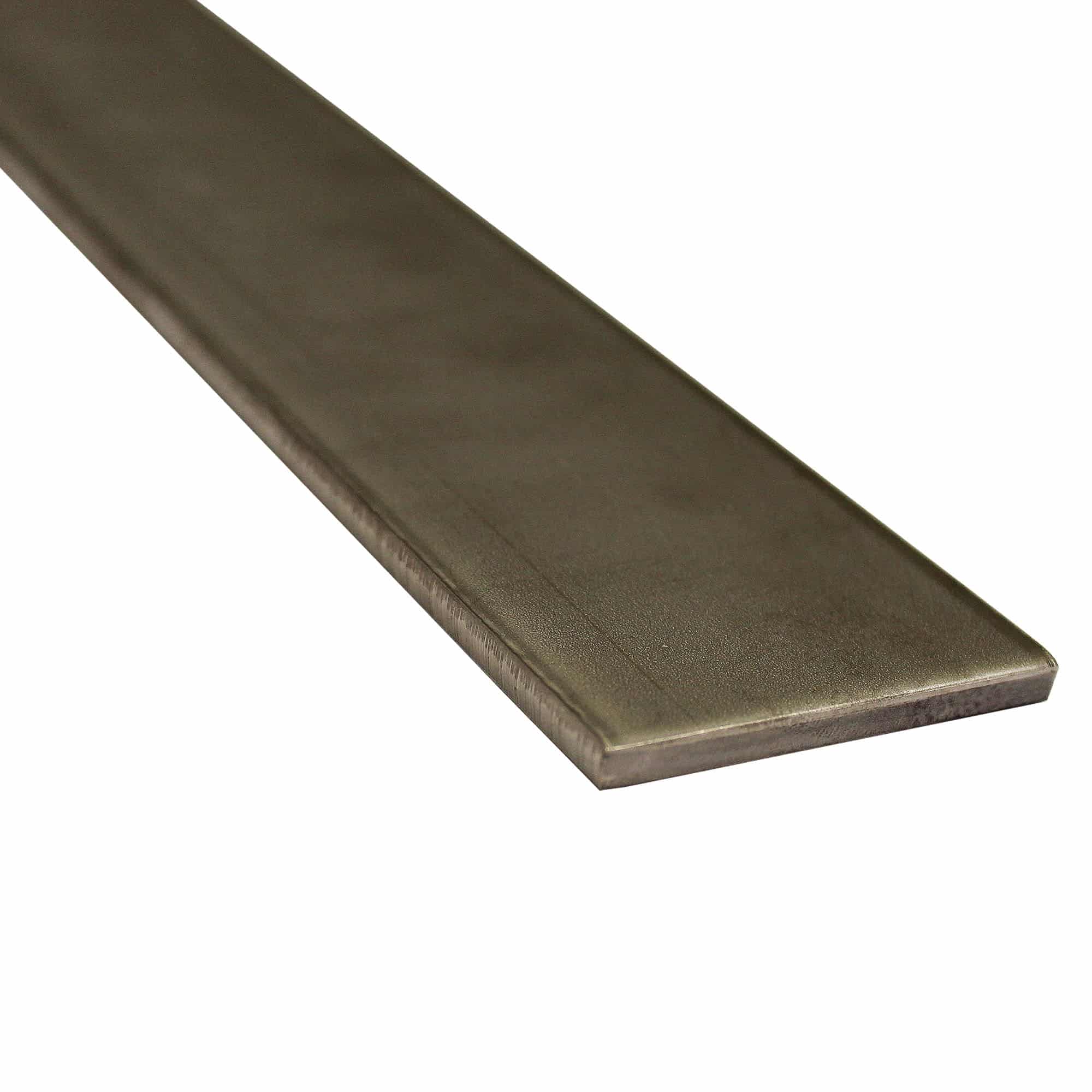
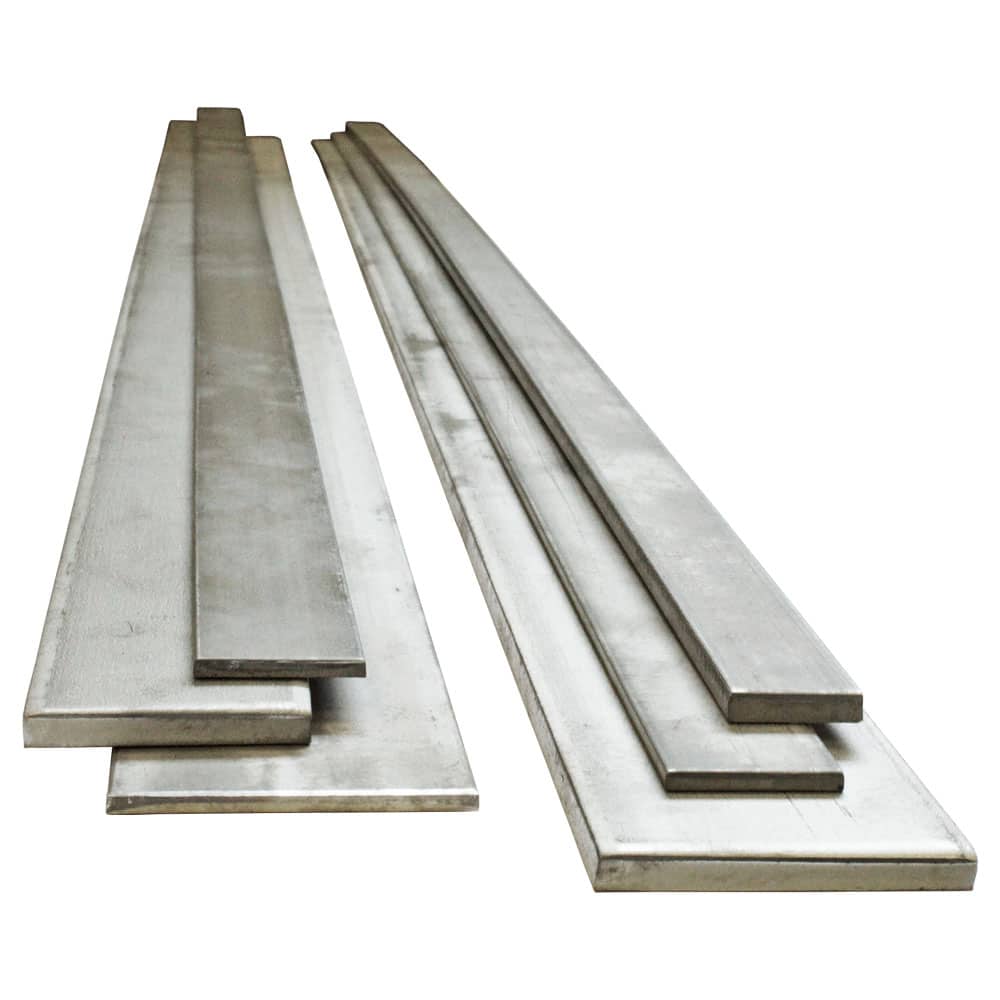
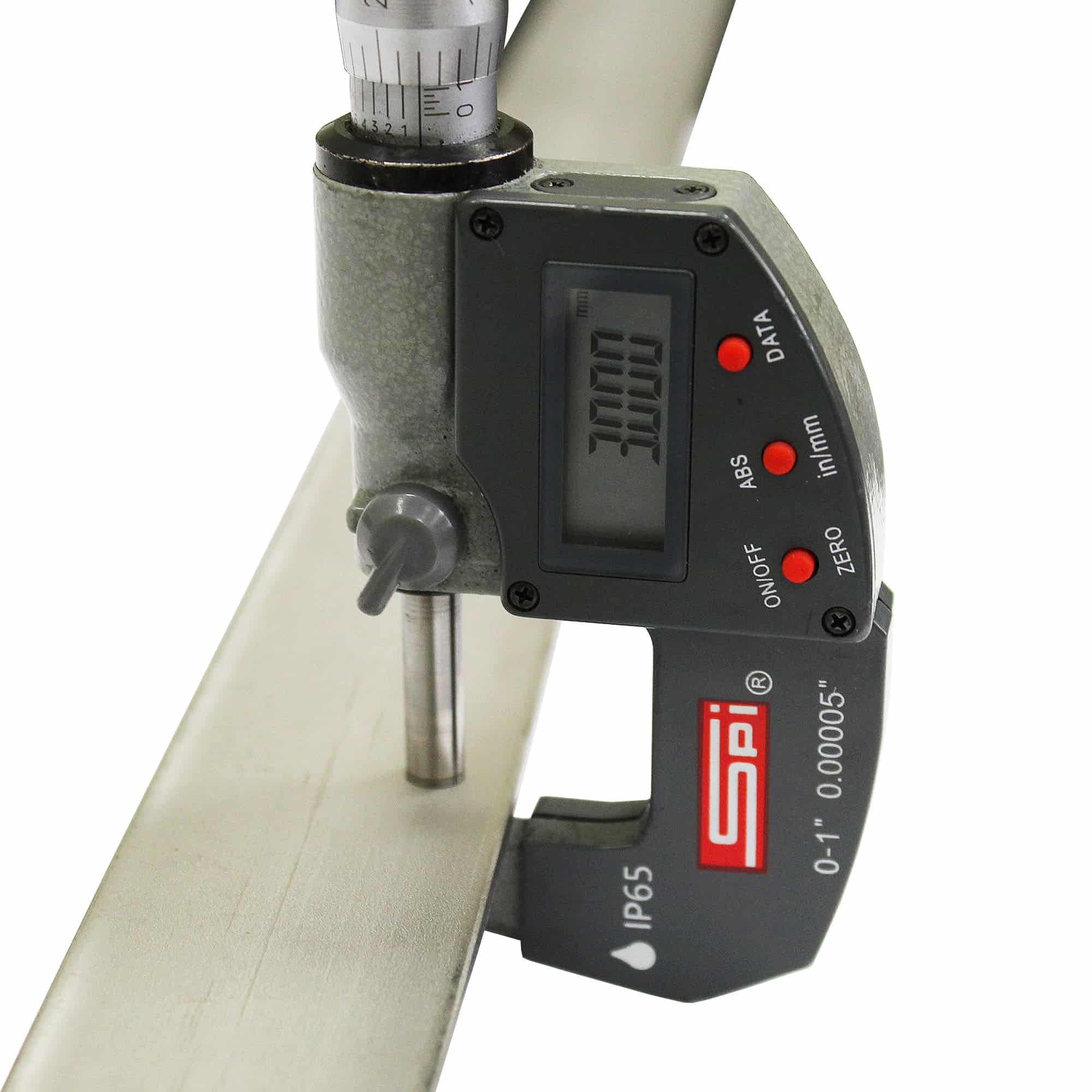
With its hollow and sturdy structure, the box section is a fundamental component of frameworks that require strength without excessive weight. However, drilling through a box section requires penetrating multiple layers of stainless steel, a task that tests any drill bit’s strength. Cobalt drill bits rise to this challenge with aplomb. Additionally, their structural composition keeps their cutting edge unwavering through the thickness of the box section, despite friction and heat. In this way, whether creating frames for commercial infrastructure or bespoke pieces for artistic installations, the integrity of the box section is preserved, and the quality of the drill hole is not compromised.
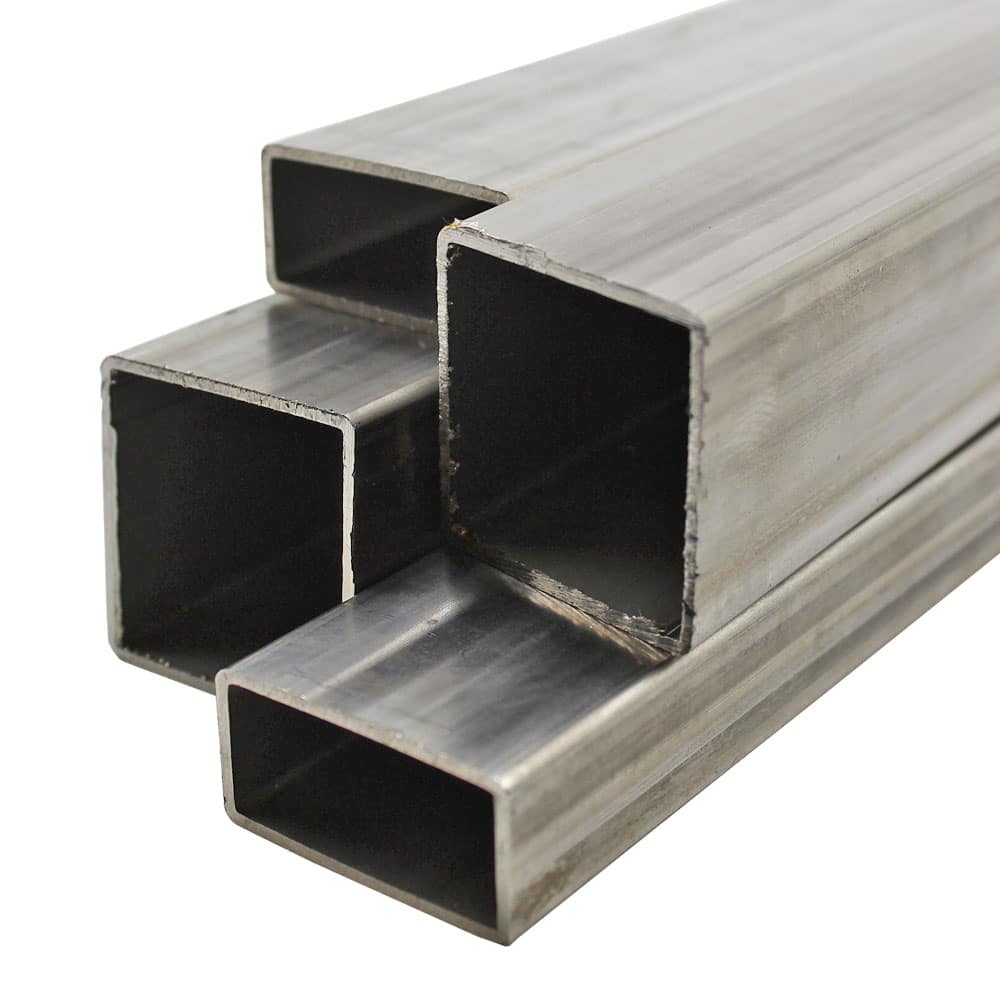
There is a synergy between the right drill bit and the type of stainless steel being worked on. Due to their superior durability and cutting capabilities, cobalt drill bits are the premier choice for drilling stainless steel, regardless of its form.
As part of our commitment to quality, we strive to equip our clients with the knowledge and tools necessary to transform these materials into works of precision and durability.
Maintaining and caring for drill bits is essential for ensuring their performance, especially when working with challenging materials like stainless steel. After each use, you should clean your drill bits to remove metal filings or residues that could impair their cutting efficiency. You can prevent premature wear by using a soft brush and a suitable cleaning solution.
Proper storage is equally crucial. For bits used with stainless steel, keeping drill bits in a dry, organised environment, such as a dedicated drill index or case, prevents damage to their edges and corrosion. In addition, protecting the bits from direct exposure to elements or moisture can greatly extend their lifespan.
Occasionally sharpening your drill bits can restore their original precision and cutting power. For this purpose, a drill sharpener or bench grinder should be used with a steady hand and an understanding of the correct angle. It’s important to recognise when a bit has reached the end of its useful life. In order to maintain safety and quality of your work, it’s time to replace your cutter if it shows signs of excessive wear, such as blunting or significant reduction in cutting speed.
Drill Bit Maintenance and Care Checklist:
Regular Cleaning:
Proper Storage:
Occasional Sharpening:
Monitor for Wear:
It is possible to master the art of drilling into stainless steel with the right tools and knowledge. By selecting the right drill bits, such as cobalt or titanium-coated options, and applying the correct drilling techniques, you can successfully drill stainless steel projects.
Every type of stainless steel presents unique challenges that can be successfully met with the right approach, whether it is 304 or 430 grade sheet metal, angles, flat bars, or box sections. Maintaining and caring for your drill bits is also crucial to their longevity and success.
With these insights, you can tackle even the most challenging stainless steel drilling projects, ensuring outstanding results every time.
As always, thank you for checking out our blog. We hope that this helps you with your project.
Please also check out the other articles in our helpful guide series. We have written about aluminium sheeting and checker plate recently to name but two of our articles.
We are also proud to sell this product on our highly popular eBay store, check us out there too.
If you have any further questions, feel free to contact us.
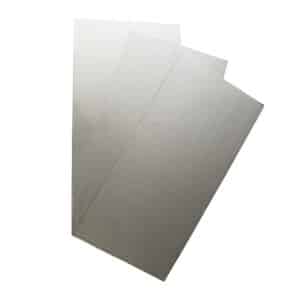
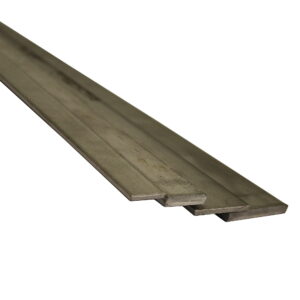
Speciality Metals
Unit 1, Farrell Street, Warrington,
Cheshire, WA1 2WW, United Kingdom
Quick Links
Payment Options
